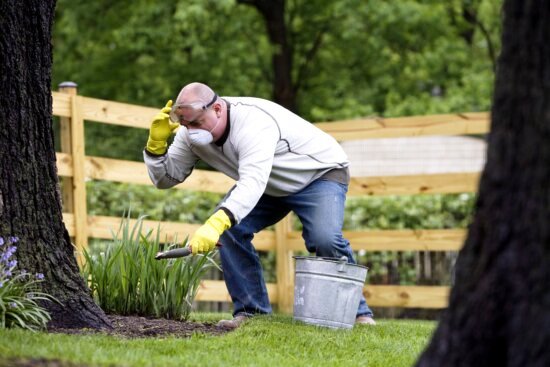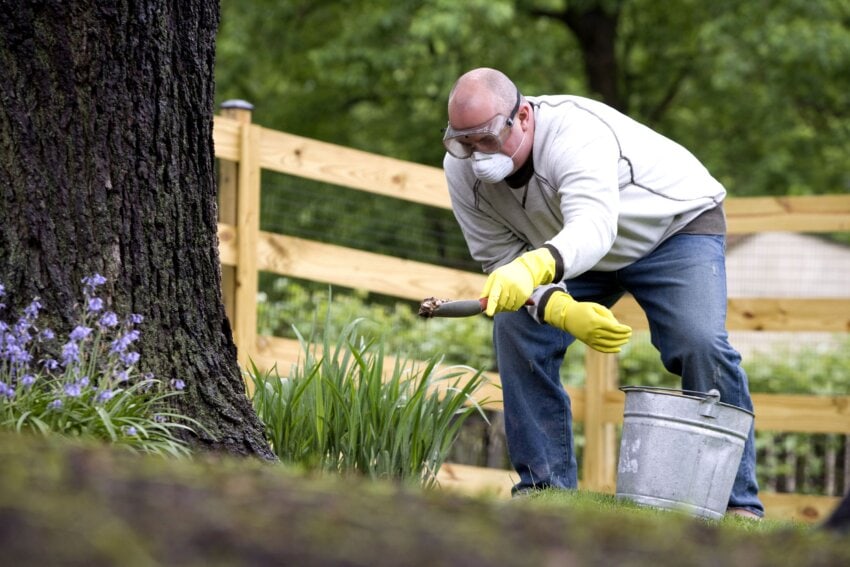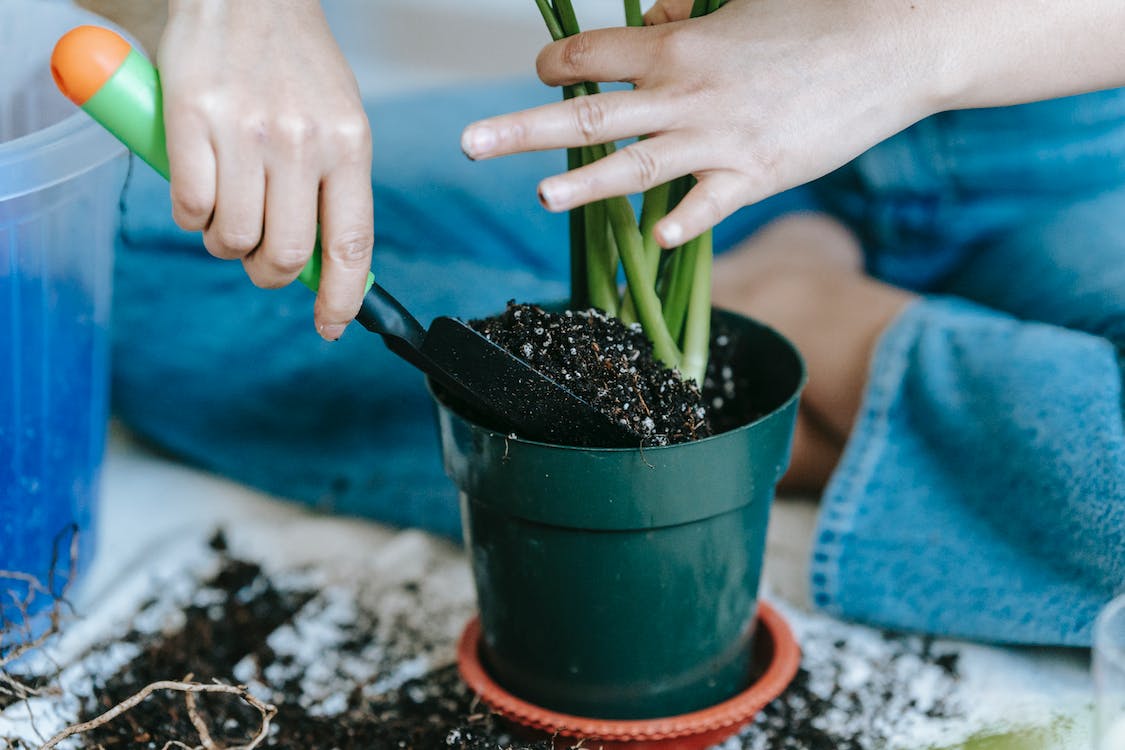
4 Tips to Make Your Own Fertilizer
Summary
1: Compost your waste to make fertilizer
2: Make nettle manure as fertilizer
3: Recycle ashes into fertilizer
4: Make homemade fertilizer with various kitchen scraps
As an alternative to commercial products, making homemade fertilizer guarantees you a 100% natural fertilizer at a reasonable cost.
Compost, nettle manure, recycled ashes or kitchen waste… This sheet explains different ways to make homemade fertilizer.
Materials needed to make homemade fertilizer
Plastic jug
Water bottle
Compost bin
Rolling pin
Garbage bag
Bucket
Tip 1: Compost your waste to make fertilizer
The best way to have large quantities of excellent quality homemade fertilizer is to compost your waste, in particular
– Household waste: vegetable and fruit peelings, overripe fruit, bread, coffee grounds, eggshells, paper towels…
– Garden waste: grass clippings, dead leaves, weeds…
You can pile the waste directly on the ground or in a composter.
After a few months, by regularly turning the mixture, you will have a 100% organic fertilizer ready to use.
Tip 2: Make nettle manure as fertilizer

If you have a patch of nettles in your garden, take the opportunity to make your nitrogen-rich, fertilizing manure.
– In a non-metallic container, put 1 kg of chopped nettles and 10 litres of water, preferably rain or spring water.
– Leave to macerate for 14 days at 20°C or 21 days at 5°C, stirring the mixture daily.
– When the formed white foam disappears, fermentation is complete: filter the slurry and store it in tightly closed plastic containers.
You will obtain a very concentrated fertilizer, diluted before use at a rate of 2 litres of preparation in 10 litres of water.
Tip 3: Recycle ashes into fertilizer

Ashes from your fireplace, your wood stove or the combustion of vegetable waste from the garden make an excellent fertilizer, provided that you have not burned toxic materials (plastic, glossy magazine covers, painted, treated or varnished wood, composite wood or wood containing chemical glues…).
– Collect these ashes and sift them when they have cooled.
– Store them in sealed bags in a dry place.
– Spread the ashes sparingly as they are, at an average rate of about two handfuls (70 grams) per square meter per year, but no more than that, or you will suffocate your plants.
You can also make a liquid fertilizer as follows:
– Dilute 100 grams of ash in 10 litres of water.
– Shake before use.
– Store this fertilizer in closed plastic bottles.
Tip 4: Make homemade fertilizer with various kitchen scraps
Eggshells
Eggshells are rich in minerals and make an excellent fertilizer for ornamental and vegetable gardens.
– Dry the empty shells well (they may have been cooked before, for example, to make hard-boiled eggs).
– Crush them finely, for example, with a rolling pin.
– Incorporate them into the base of your plants, scratching lightly to mix them into the soil.
Coffee grounds
Rich in nitrogen, phosphorus and potassium, coffee grounds are an excellent fertilizer, especially for houseplants, roses and salads.
Use it as it is by spreading it on the surface of the soil, into which it is incorporated by lightly scratching or by simply watering.
Note: you can also recover the leaves or debris of brewed tea, which have the same properties as coffee grounds, and use them in the same way.
Banana peels
Rich in potassium, magnesium and iron, banana peels are excellent for nourishing flowering plants, especially roses, and giving them vibrant colours.
Cut a banana peel into small pieces and bury them near the plants.
Note: you can also soak the pieces in water to water the plants.
